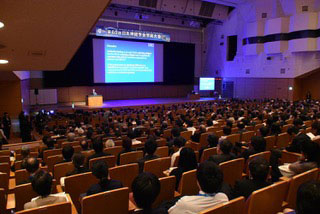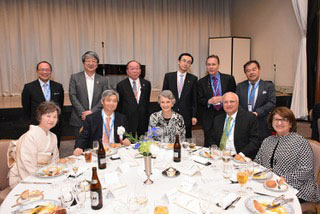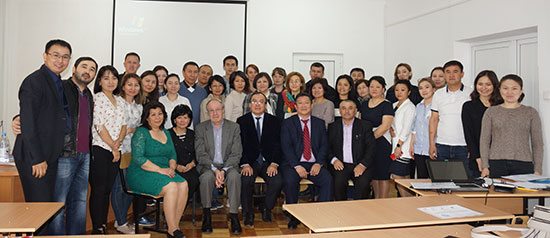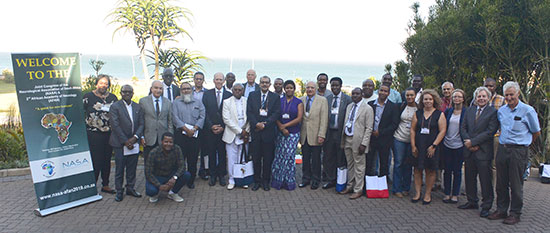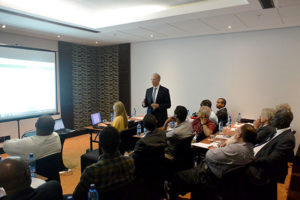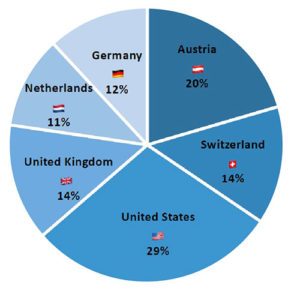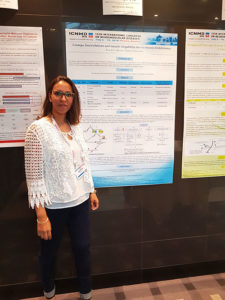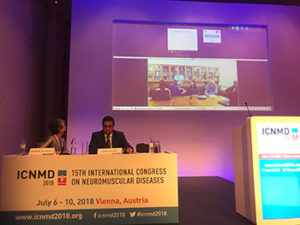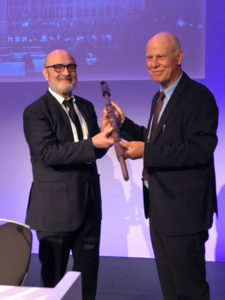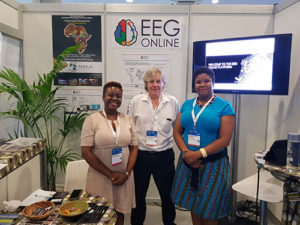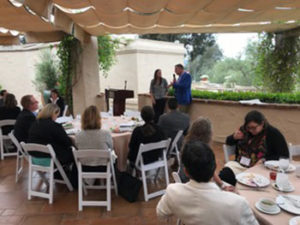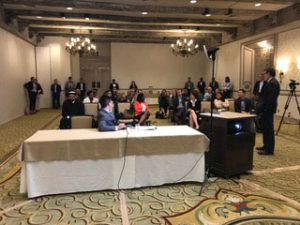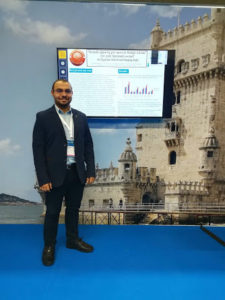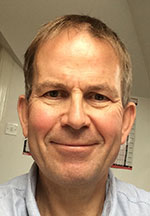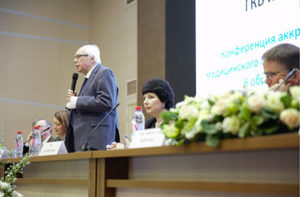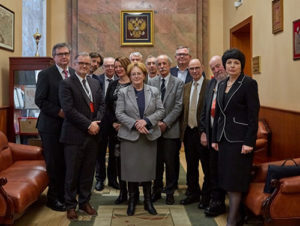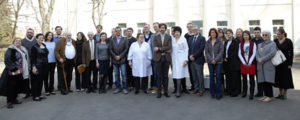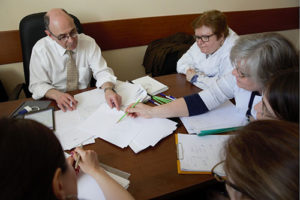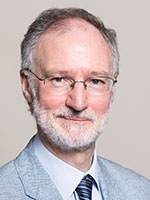By Prof. M. Akif Topcuoglu
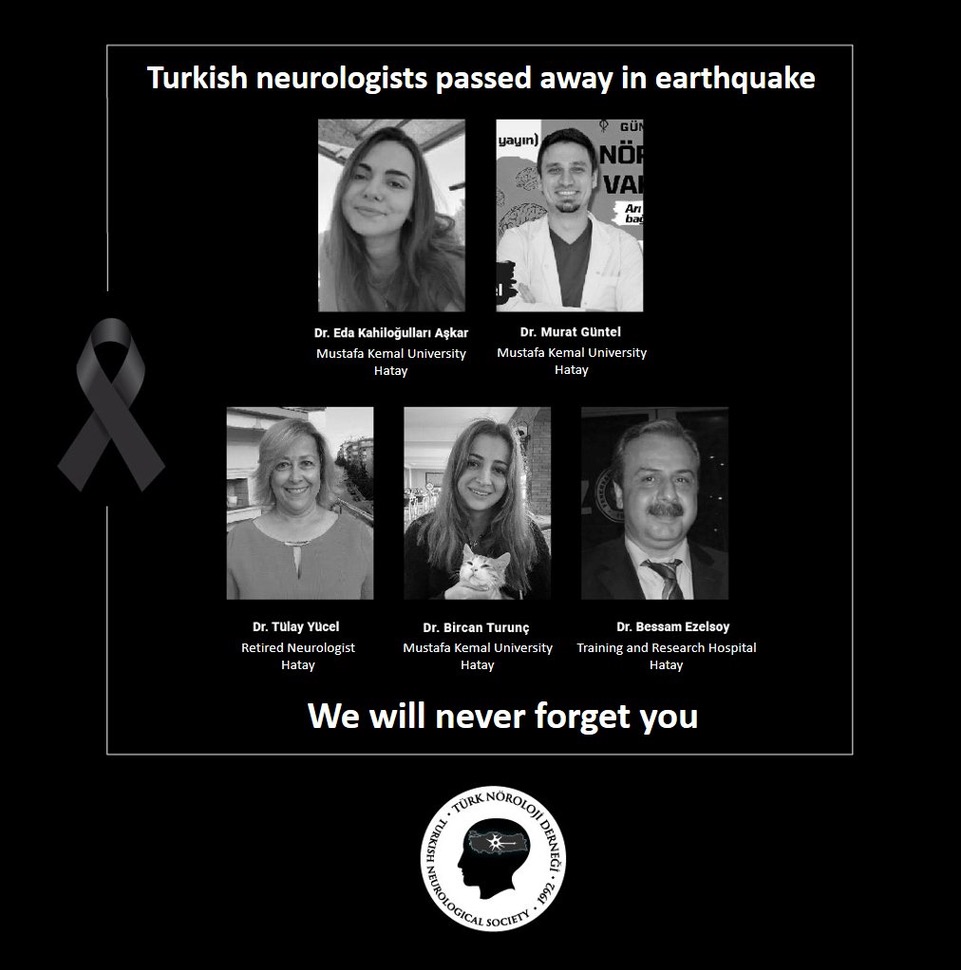 On Feb. 6, 2023, two major earthquakes occurred, nine hours apart, with epicenters in Gaziantep and Kahramanmaraş in Turkiye. In this disaster, called the 2023 Turkiye-Syria earthquakes,” nearly 43,000 people died in Turkiye and 6,000 people in Syria. A total of approximately 150,000 people were injured, of which 120,000 were in Turkiye. It is estimated that at least 3 million people migrated from the affected zone to different cities after the earthquakes. Aftershocks still continue and pose a serious risk for rescue teams. Earthquakes affected 13.5 million Turkish people in an area of 1,000 square kilometers. This refers to about one-seventh of Turkiye’s population.
On Feb. 6, 2023, two major earthquakes occurred, nine hours apart, with epicenters in Gaziantep and Kahramanmaraş in Turkiye. In this disaster, called the 2023 Turkiye-Syria earthquakes,” nearly 43,000 people died in Turkiye and 6,000 people in Syria. A total of approximately 150,000 people were injured, of which 120,000 were in Turkiye. It is estimated that at least 3 million people migrated from the affected zone to different cities after the earthquakes. Aftershocks still continue and pose a serious risk for rescue teams. Earthquakes affected 13.5 million Turkish people in an area of 1,000 square kilometers. This refers to about one-seventh of Turkiye’s population.
From the first news of the catastrophe, both state institutions, organizations, and volunteers rushed to the earthquake zone. Especially in Hatay and Maraş, there was such a severe destruction that the emergency response teams were also affected. The frigid, snowy weather and the fact that people were caught asleep increased our loss and made emergent intervention difficult. Significant assistance came from many countries around the world. As a result of these efforts, many lives were saved in a short time, and life was attempted to be restored as fast as possible. This effort still continues at the highest level.
Turkish medicine intervened in the earthquake with great effort. Although there was a short-term overcapacity in some regions, all of the injured could be taken to hospitals, and all necessary interventions could be made with the system created all over the country. The Turkish Neurological Society provided containers, heaters, portable beds, and generators in line with the demands of the regional neurology clinics and within its capacity. Our society is going to continue its academic and physical aids so that life in the region can be re-established as soon as possible.
Unfortunately, nearly 100 doctors died in the earthquake, and five of them were neurologists. These friends passed away in the most hopeful and productive period of their lives. Our sadness is endless and unbearable. We have written this article to share this disaster experienced with the neurologists all over the world. As the Turkish Neurological Society, we want to keep the memory of these five colleagues alive. We will miss them very much. •
Prof. M. Akif Topcuoglu is president of the Turkish Neurological Society
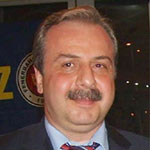
Bessam Ezelsoy, MD
Bessam Ezelsoy, MD
Bessam Ezelsoy was born in 1961 in Hatay. He graduated from Istanbul University Faculty of Medicine in 1985. He completed his neurology residency training at Bakırköy/Istanbul Sadi Konuk Training and Research Hospital in 1994. He was working as a neurologist at Hatay Training and Research Hospital. He was recognized by his patients as a warm, tolerant, and understanding doctor. In 2015, he was selected as the doctor of the year in Hatay. We unfortunately lost Dr. Ezelsoy and his beloved wife in the 7.7 magnitude earthquake that occurred in our country on Feb. 6, 2023. Dr. Ezelsoy’s two children survived the earthquake. That was our only consolation.
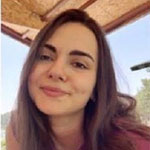
Eda Kahiloğulları Aşkar, MD
Eda Kahiloğulları Aşkar, MD
Eda Kahiloğulları Aşkar was born in 1995 in Antakya. She was continuing her neurology residency training at Mustafa Kemal University, Tayfur Sökmen Medical Faculty, Department of Neurology. Colleagues remember her for her kindness, helpfulness, sincere smile, and hard work. Unfortunately, she passed away in the earthquake with her beloved husband. She loved neurology very much, and there is no doubt that she would have been a very good neurologist.
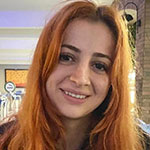
Bircan Turunc, MD
Bircan Turunc, MD
Bircan Turunc was born in Antakya in 1992. She graduated from Maltepe University Faculty of Medicine in 2019. Her friends describe her as “beautiful on the outside but more beautiful inside.” We lost our angelic and devoted friend and cat guardian, Dr. Turunç, at a very young age. Had she lived, we are sure that she would have touched many patients and become a very successful physician and neurologist. Unfortunately, we live in a time when words become meaningless in Turkiye.
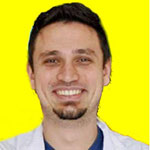
Murat Güntel, MD
Murat Güntel, MD
Murat Güntel was born in 1984. He graduated from Mersin University Faculty of Medicine in 2009. He completed his neurology residency training at Hatay Mustafa Kemal University Faculty of Medicine in 2015. Between 2015 and 2016, he worked as a neurologist at Elazig Training and Research Hospital. He had been working as an assistant professor at Mustafa Kemal University Tayfur Sökmen Faculty of Medicine, Department of Neurology since then. He was a prolific academic with numerous case and research articles in international journals. He was described by his colleagues as a friendly, hardworking, kind, and wonderful person. He was loved by his students and patients. He died in the earthquake disaster with his beloved mother and two cats.
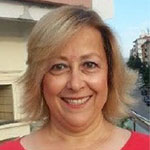
Tülay Yücel, MD
Tülay Yücel, MD
Tülay Yücel was born in 1959 in İzmir. She graduated from Ankara University Faculty of Medicine in 1984. She completed her neurology specialization training at Ankara Dışkapı Yıldırım Beyazıt Training and Research Hospital in 1991. Dr. Yücel was working as a retired-freelance neurologist. She, her daughter-in-law, and 6-month-old granddaughter lost their lives in the earthquake in Hatay.
